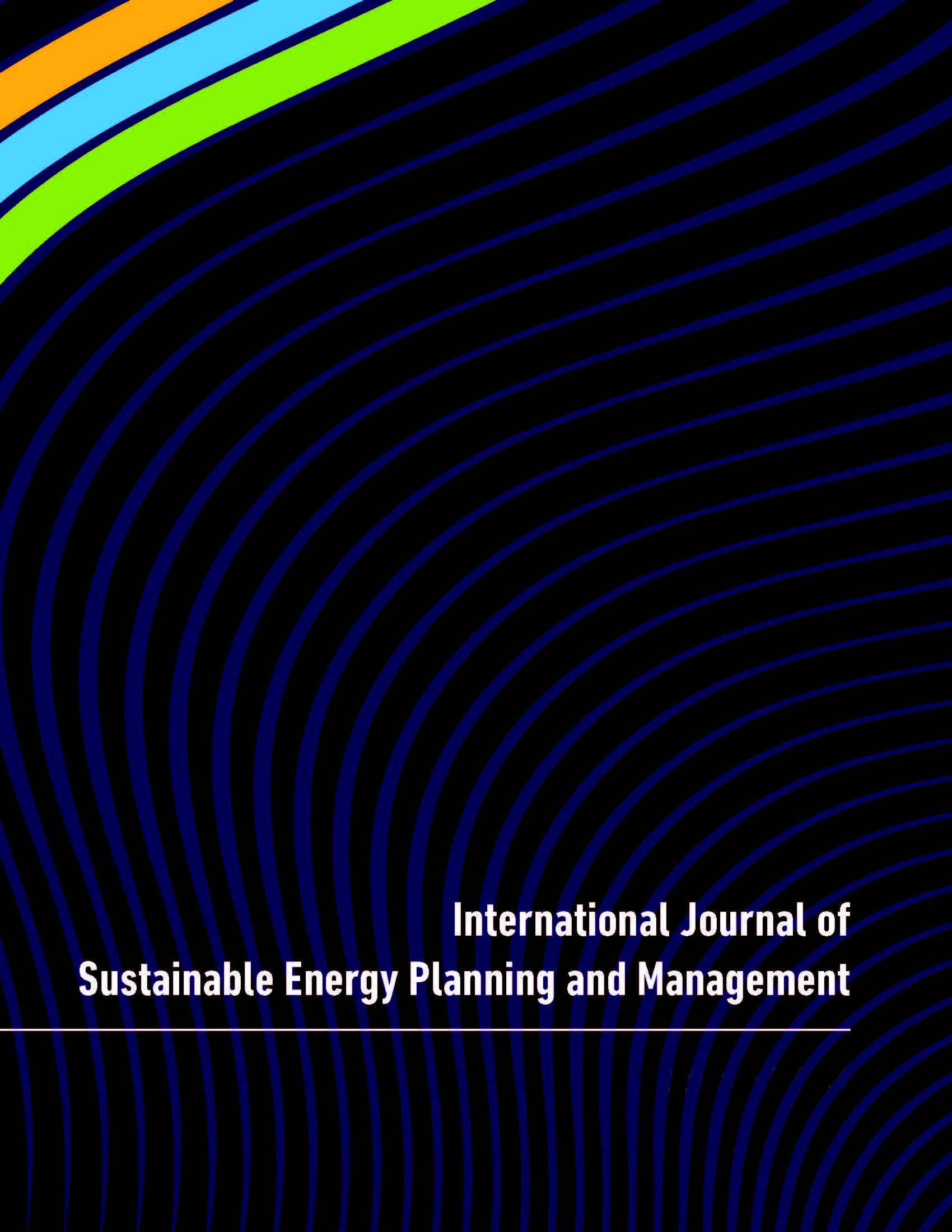Heat atlas accuracy compared to metered data
Main Article Content
Abstract
This study investigates the accuracy of the modelled heat demand in a heat atlas compared to metered data. The Danish heat atlas is compared to metered heat demand values from more than 1 million buildings. The calculated heat demands of single buildings in the heat atlas are compared to metered data of the actual buildings. Statistical analysis is applied to the two datasets, to investigate how well the heat atlas predicts the actual heat consumption and how accurate it is for different sized groups of buildings and groups consisting of different building types. The study results in a higher certainty and better knowledge of the accuracy of the results. In this way, the utilization of the tool in actual planning for the Danish heating sector is improved. Furthermore, by identifying in which areas or building types the heat atlas is lacking accuracy it is possible to consider this in the results of calculations using the tool. The results indicate that the estimates of the heat atlas mainly can be considered valid for single-family buildings, but for other categories, there are larger uncertainties and thus the heat atlas should be used with more caution in those areas.
Article Details
Articles published in International Journal of Sustainable Energy Planning and Management are following the license Creative Commons Attribution-NonCommercial-NoDerivs 3.0 Unported (CC BY-NC-ND 3.0)
Authors retain copyright and grant the journal right of first publication with the work simultaneously licensed under a Creative Commons Attribution License: Attribution - NonCommercial - NoDerivs (by-nc-nd). Further information about Creative Commons
Authors can archive post-print (final draft post-refereering) on personal websites or institutional repositories under these conditions:
- Publishers version cannot be stored elsewhere but on publishers homepage
- Published source must be acknowledged
- Must link to publisher version

